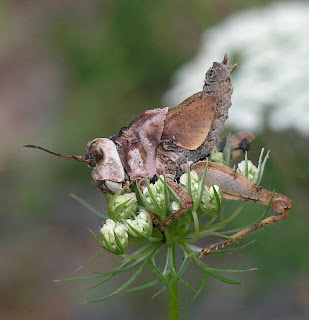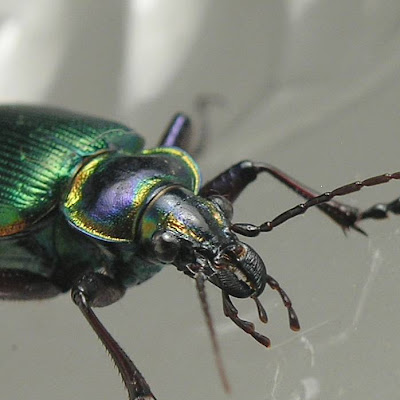Pitch-eating Weevil (Pachylobius picivorus)
From Bugwood Wiki
The pitch-eating weevil Pachylobius picivorus can be very destructive pests of young pines. All species of pines are considered susceptible to damage, and either insect may be an occasional pest of pines grown as Christmas trees.
The most serious injury occurs to small seedlings or to the branches of larger trees as a result of adult feeding. The weevils feed by chewing small, irregular holes in the bark. When feeding is heavy, the holes run together, effectively girdling small trees or the branches of larger trees. Even if the terminals of larger trees are not girdled, "flagging" or distorted terminals can result, making the tree less marketable. Damage is usually more serious in or near freshly cut timber areas.
... adults may be active year-round, although numbers are normally low in winter. Adult weevils may also pass the winter in the soil or beneath ground litter around a tree. On emerging in the spring, adults feed on the bark of pine seedlings or the terminals and twigs of larger trees. Trees up to 1.5 cm in diameter are sometimes girdled and killed. The weevils usually feed at night and hide in the soil around trees during the day. Adults are attracted to freshly cut stumps or weakened pines. Females lay eggs beneath the bark, in the roots of stumps, dead trees or dying trees. Larvae hatch and feed primarily in the roots for six to eight weeks before pupating. The pupal stage lasts two to four weeks, depending on temperature.









